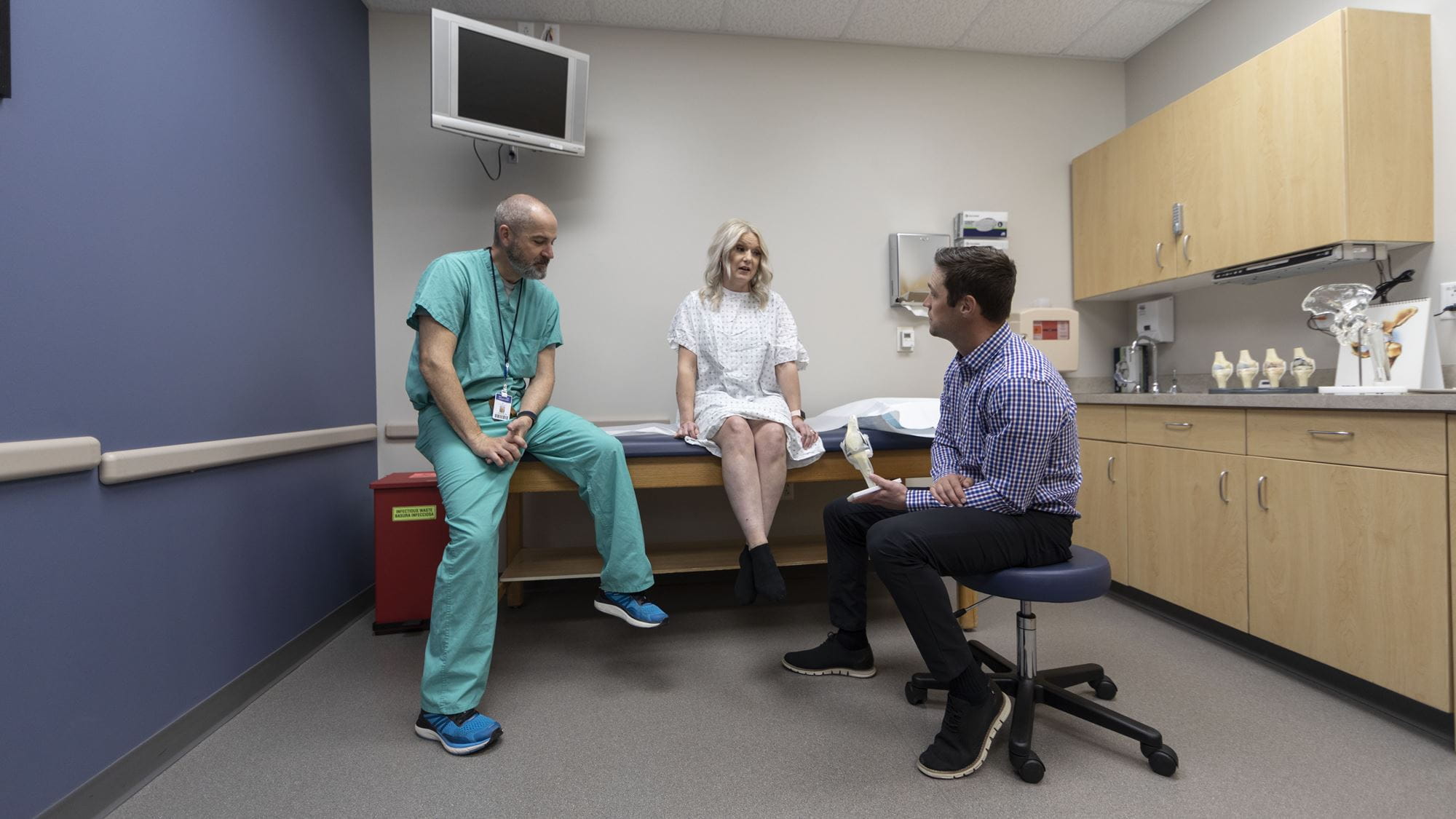What is hamstring muscle tendinopathy?
With hamstring tendinopathy, this usually happens with the muscles at the origin of hamstring muscles, which are located deep in the buttocks, right below the two boney points that you feel when you are sitting. These are often called the “sitting bones,” and their medical name is the ischial tuberosities.
When this happens, the tendon will swell and sometimes also become red. As the tendinopathy gets worse, the outside of the tendon, called a sheath, can thicken or get bigger, and get darker red in color. Most of the time, when the tendon turns a darker shade of red, it is because of the inflammation in the tendon. If the tendon gets too inflamed, it can tear easily.
Usually, the pain will develop over time, and get worse and worse until it is treated. It can even make it difficult to stand or walk in some extreme cases. Most of the time, it can be healed with physical therapy. Sometimes proper stretching can help prevent it.
(Tendinopathy refers to several types of tendon problems, including tendinitis.)
Symptoms
Pain or weakness in the hip or hamstring are the most common symptoms of hamstring muscle tendinopathy. The pain is usually located around the back of the hip bone, on the “sits bones,” where the hamstring starts. Pain will often get worse when trying to walk, or jump, or with other activity. Sometimes this pain goes away after the hip “warms up.” Other symptoms may include:
- Achiness in the hip or glutes (buttocks)
- Snapping sounds or sensations in the hip or buttocks
- Stiffness in the hip, buttocks, or hamstring
Causes
Hamstring tendinopathy is often caused by playing sports that require a lot of jumping, or other overuse. Hamstring tendonitis can also be caused if the nearby supporting muscles are too weak or too strong, which can cause a muscle imbalance. Sometimes, a weakness in the core muscles can also lead to this type of injury.
Tendon overuse can cause tiny micro-tears in the tendon. The body will try to heal these tears, but sometimes they are made faster than the body can fix them, especially if you are exercising a lot or training hard.
As the number of tears increases, they can cause pain from inflammation, or weaken the tendon. Previous injuries can also lead to this type of injury. Females trend to have this type of injury more than males.
Diagnosis, Treatments & Prevention
Diagnosis & Tests
Before you see the healthcare provider, you should get together as much information as you can about your pain and other symptoms. Try to think about or write down:
- When your symptoms started If the symptoms are getting worse
- If your pain comes with swelling, buckling, locking, or snapping
- If your symptoms gotten in the way of, or prevented, you from doing regular activities such as walking, running, standing, or using stairs
- If you have you tried any self-care, or at-home treatments
If your healthcare provider finds that you have the symptoms of hamstring tendinosis, your healthcare provider may perform an x-ray, ultrasound, orMRI to confirm the diagnosis.
Treatments
Prevention
Although it is no guarantee, stretching and using proper technique during your regular activities may be able to prevent tendinosis. You may also be able to prevent hamstring tendonitis by easing up on regular activities. Tight leg muscles, such as glutes, hamstrings, or quads have also been linked to hamstring tendinosis, so making sure you stretch properly, especially muscles in the thigh, may also help prevent it.
Hamstring muscle tendinopathy is when any of the many tendons in the hip or hamstring become inflamed. With hamstring tendinopathy, this is usually the muscles at the origin of hamstring muscles, which are located deep in the glutes (buttocks) , right below the two boney points that you feel when you are sitting (often called the “sit bones.”


